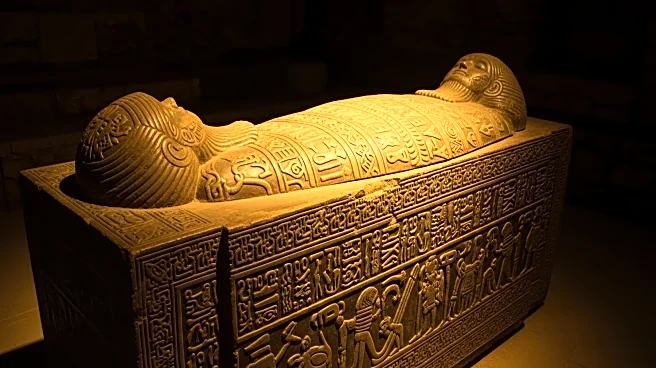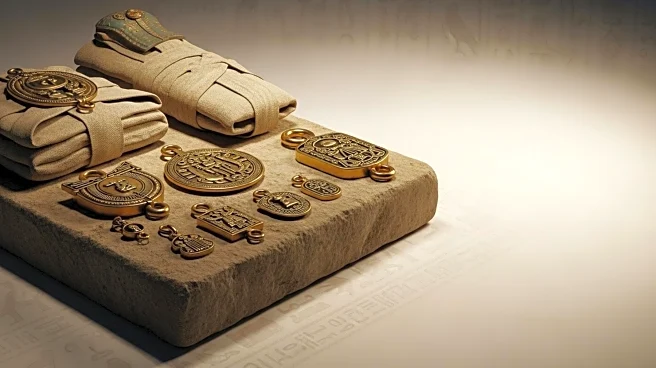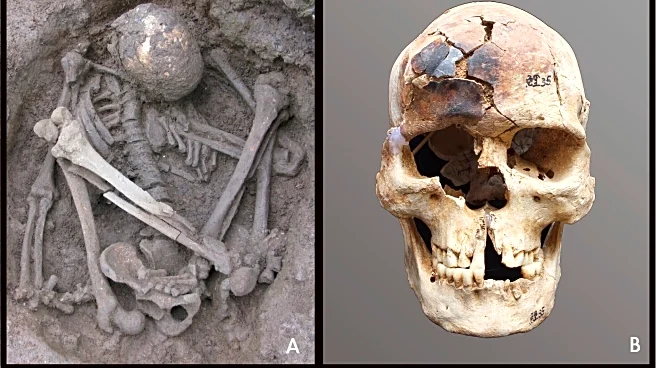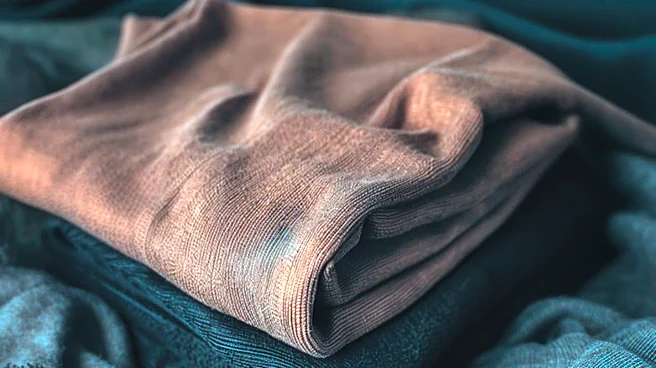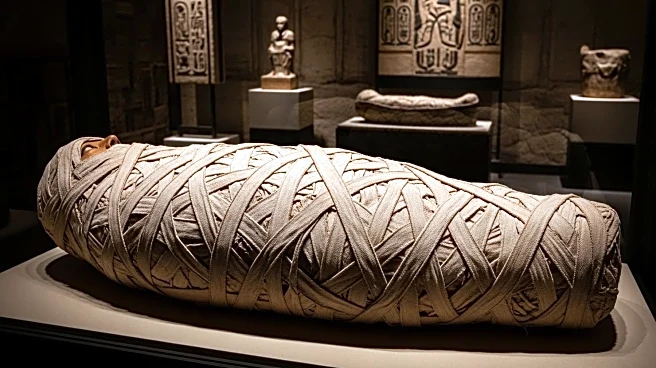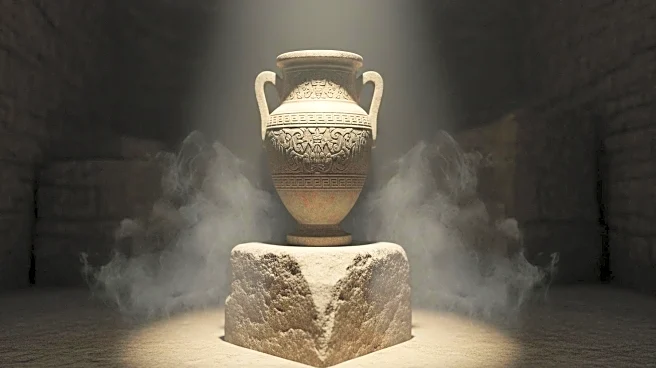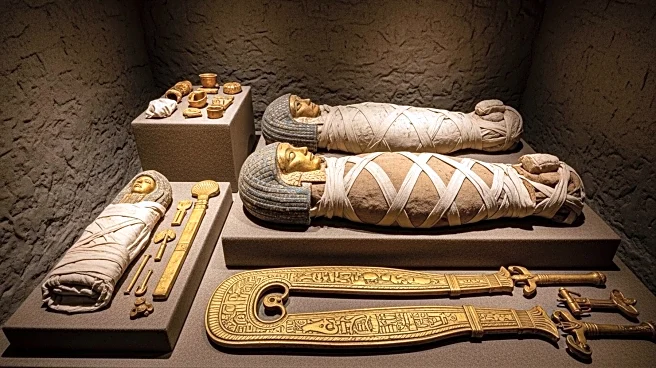What is the story about?
What's Happening?
A groundbreaking discovery has revealed that the oldest known human mummies, dating back up to 12,000 years, were found in Southeast Asia and southern China. The study, led by archaeologist Hsiao-chun Hung, found that these ancient societies used smoke-drying techniques to mummify their dead, a practice similar to those in New Guinea and Australia. The research involved analyzing 69 bone samples from 54 pre-Neolithic burials, using X-ray diffraction and infrared spectroscopy to detect heat exposure. The findings suggest that these societies had complex mortuary practices, allowing them to maintain connections with their ancestors.
Why It's Important?
This discovery significantly alters the historical understanding of mummification, showing that it was practiced much earlier and more widely than previously thought. It challenges the notion that mummification was primarily an Egyptian or Chilean innovation, suggesting a broader cultural tradition. The findings highlight the technological and cultural sophistication of these ancient societies, reflecting their beliefs about the afterlife. This research provides valuable insights into the cultural evolution of early human societies and their funerary practices, offering a new perspective on the development of human civilization.
AI Generated Content
Do you find this article useful?
